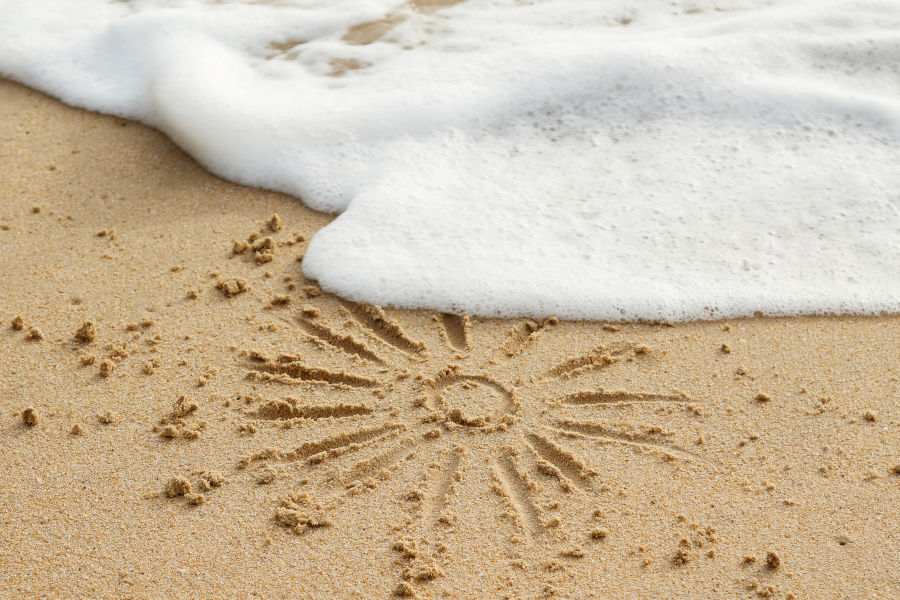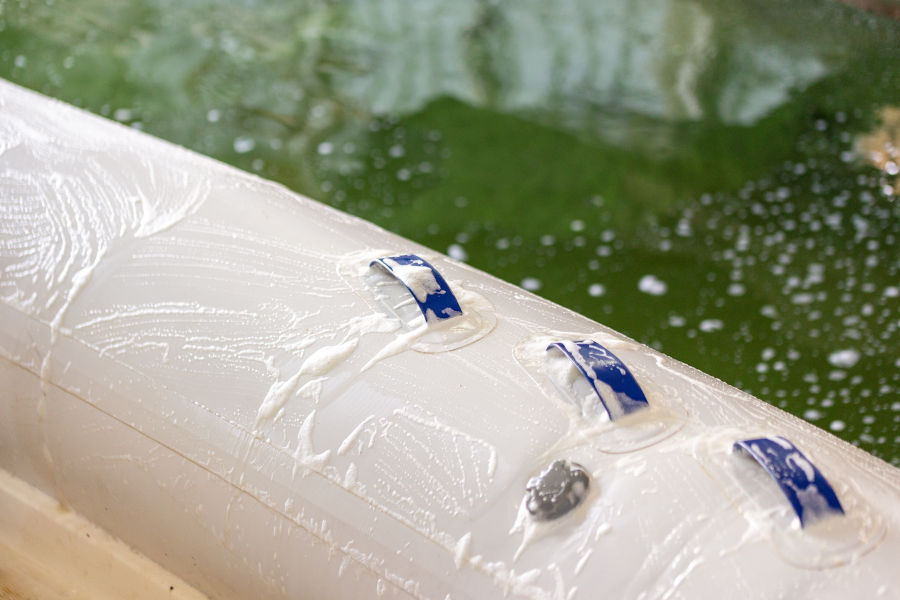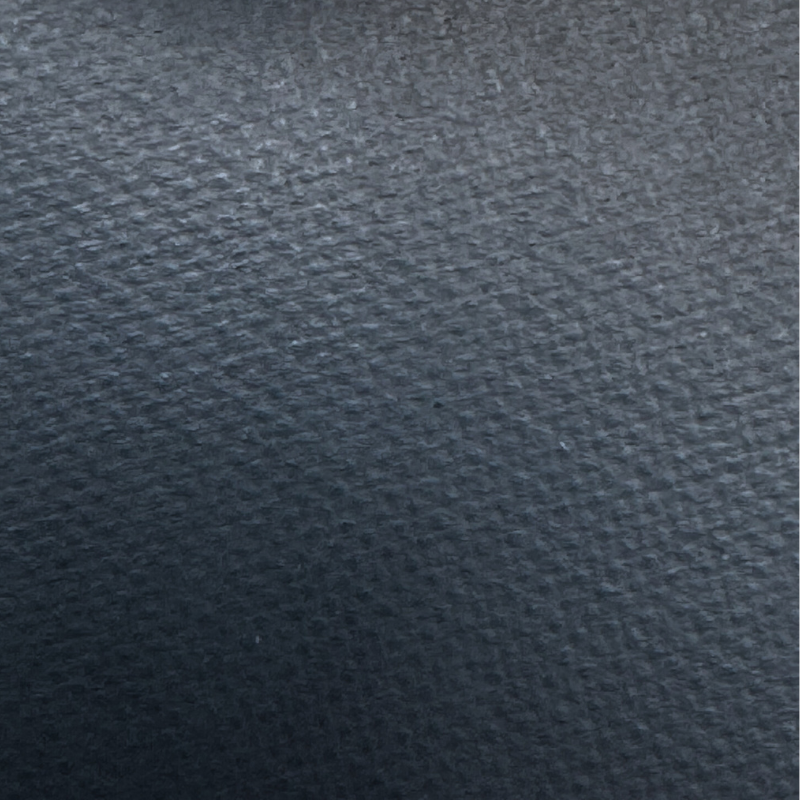
Seam separation on RIB bladders: what to do?
Air leakage, bladder deformation, loss of performance and sailing hazards: seam separation on the bladders of your RIB boat is not to be taken lightly.
In this article, Orca Retail takes you step by step through the process of understanding this phenomenon, and how to take action.
We'll start by looking at the causes and consequences of seam delamination, then move on to prevention and repair to solve your problem.
So what should you do if the seams on your RIB are about to give way?
Read on to find out!
Causes of seam delamination on semi-rigid boats

Unfortunately, there's often more than one culprit when it comes to this phenomenon: many factors can influence the durability of your semi-rigid seams and bladders. Let's take a look at the rank of the accused, to better prevent future risks:
Manufacturing defects
- Poor-quality materials: Using inferior materials can weaken seams.
- Manufacturing errors: Errors in the manufacture of seams can make them more susceptible to delamination.
Misuse of the boat
- Contacts and knocks: Rubbing against docks, rocks or other boats can damage seams, as can knocks against obstacles.
- Overloading the boat: Excessive overloading can exert considerable pressure on the seams, weakening them.
- Excessive speed: Excessive speed can create significant forces on flanges and seams.
- Abrupt manoeuvres: Abrupt manoeuvres can exert sudden pressure on seams, weakening them.
Time and weather conditions
- Sun: UV rays alter the structure of PVC, making it more brittle and fragile.
- Salt: Salt water corrodes seams and makes them porous.
- Moisture: Moisture encourages the growth of mold and fungus, which can attack seams.
- Temperature changes: Temperature variations weaken PVC and can cause cracking.
Natural wear and tear
- Average lifespan: The seams of a RIB boat have an average lifespan of 10 to 15 years. If your boat is within this range, it's perfectly normal to observe some wear and tear, and to consider repairs or replacement.
- Other factors influencing service life: Maintenance, use and the environment in whichthe boat is stored orwinterized have an impact on the longevity of seams.
In short, there are many factors that can weaken the seams on your RIB boat, and it's important to be aware of them in order to prevent and repair them.
Consequences of seam separation

Seam separation on RIB boats can have serious consequences for buoyancy, performance and passenger safety.
Air leaks and pressure loss
When the seams come loose, the bladders lose air and pressure. This can compromise the boat's buoyancy, making it difficult to maneuver and prone to sinking. In the event of a major leak, the boat may even sink.
Flange deformation
Seam separation can also deform the bladders, making them asymmetrical. This affects boat performance, reducing speed and handling. The boat becomes more difficult to control and is more likely to be damaged in the event of a collision.
Safety risks
In the event of severe separation, the bladders can tear open, ejecting debris at high speed. This can seriously injure passengers, particularly in the eyes and head.
If the bladders deflate completely, the boat may capsize or sink. Passengers then risk falling into the water and injuring themselves, especially in difficult weather conditions, with the risk of drowning.
Prevent seam delamination for safe sailing

Seam delamination is a common problem on RIB boats, but it can be avoided with regular maintenance and responsible use.
Cleaning and storage
Clean the bladders regularly with suitable products after each use to remove salt, dirt and residues that can weaken the seams.
When not sailing, store your boat in a dry place out of the sun. UV rays can degrade PVC over time, accelerating seam wear.
Inflation and capacity
Avoid excessive pressure on the seams by controlling the inflation of your bladders.
Avoid overloading by respecting the maximum weight capacity.
Monitoring and prevention
Detect early signs of wear before they become more serious problems. Inspect seams regularly for cracks, delaminations or signs of weakness. If you spot damage, carry out preventive repairs as soon as possible.
Finally, drive carefully and avoid excessive bumping or rubbing against docks, rocks or other boats.
Repairing disbonded seams: ensuring smooth sailing

The extent of disbonding determines the repair method.
For small tears, the use of a special PVC marine two-component adhesive is generally sufficient. Be sure to follow the manufacturer's instructions for correct application.
In the event of severe delamination, it is necessary to replace the damaged seam section. This type of repair requires special expertise. Call in a qualified professional who can guarantee a durable job that complies with safety standards.
Our Orca Retail neoprene fabrics are an excellent option for seam repairs.
This material offers enhanced resistance to weathering, UV and abrasion, guaranteeing a durable, high-performance solution.
What's more, Orca Retail's neoprene fabrics come in a wide range of colors and textures, so you can find a solution to match the aesthetics of your boat.
YOU ARE PASSIONATE ABOUT BOATING AND SEMI-RIGID BOATS?
Read more about the world of RIBs :







